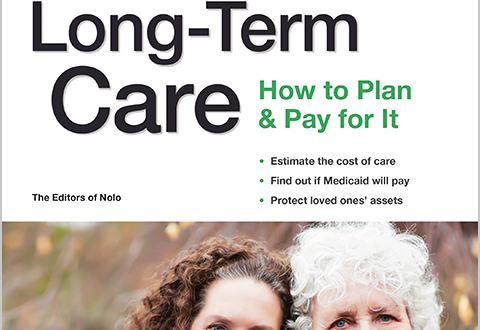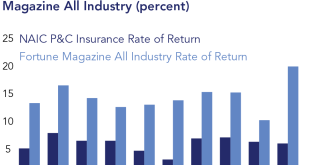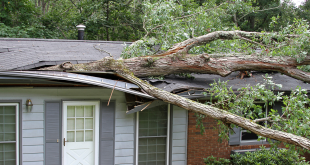California’s insurance market is facing a severe crisis, leaving policymakers and residents with difficult choices. Skyrocketing premiums, shrinking coverage options, and major insurers pulling out of the state are creating a perfect storm that threatens the financial security of homeowners and the overall stability of the housing market. Finding sustainable solutions will require a multi-faceted approach and a willingness to confront long-standing challenges. It’s a mess, honestly, and if you’re a homeowner, you’re probably feeling the pinch.
The Root of the Problem: Why are Insurers Leaving?
Increased Wildfire Risk
California’s increasingly frequent and devastating wildfires are a primary driver behind the insurance crisis. The sheer scale of damage caused by these events has led to massive payouts by insurers, making the state a less attractive market. Think about it, these companies aren’t charities; they’re in the business of making money. Wildfires? Huge losses. You do the math.
Regulatory Constraints
California’s unique regulatory environment, particularly Proposition 103, which limits insurers’ ability to raise rates quickly, has further exacerbated the problem. Insurers argue that these regulations prevent them from adequately accounting for the rising risks. It’s a bit like trying to run a business with your hands tied, isn’t it?
Climate Change Impacts
Beyond wildfires, other climate change-related events like floods, droughts, and extreme weather are also contributing to the overall risk profile in California, making it more difficult for insurers to accurately assess and price policies. It’s not just about the fires. It’s the whole shebang. Climate change is throwing a wrench into everything.
The Impact on Homeowners
Rising Premiums and Deductibles
Homeowners are facing significantly higher premiums and deductibles, making it more expensive to protect their properties. In some cases, policies are becoming unaffordable for many residents, particularly in high-risk areas. I mean, who can afford this stuff? It feels like a second mortgage, almost. And it’s getting worse, not better.
Limited Coverage Options
As major insurers pull back, homeowners are finding fewer coverage options available. This lack of competition can further drive up prices and limit consumer choice. So, you’re stuck with fewer choices, and they all cost more. Sounds like a rigged game, doesn’t it?
The FAIR Plan as a Last Resort
The California FAIR Plan, the state’s insurer of last resort, is seeing a surge in applications as more homeowners struggle to find coverage in the private market. However, the FAIR Plan has limitations and may not provide adequate coverage for all needs. It’s like the emergency parachute, but you’re not entirely sure it will open. A bit unsettling, right?
Potential Solutions and Policy Options
Reforming Proposition 103
Modifying Proposition 103 to allow insurers more flexibility in setting rates could incentivize them to remain in the market. However, any changes must be carefully considered to protect consumers from excessive price increases. It’s a balancing act. How do you make it fair for everyone?
Investing in Wildfire Mitigation
Significant investments in wildfire prevention and mitigation efforts, such as forest management and defensible space programs, can help reduce the overall risk and make California a more attractive market for insurers. Makes sense, right? Less fire, less risk, less panic. But where’s the money coming from?
Exploring Public-Private Partnerships
Developing public-private partnerships could provide alternative insurance options and help share the risk between the state and private insurers. This could involve creating new insurance pools or providing reinsurance to encourage insurers to remain in the market. It’s like a tag team. Maybe teamwork can make the dream work…or at least make insurance more accessible.
Climate Adaptation Strategies
Implementing comprehensive climate adaptation strategies, including improved building codes, land-use planning, and early warning systems, can help reduce the vulnerability of communities to climate change-related risks and improve the overall insurance landscape. We can’t just sit here and watch the world burn, can we? We gotta adapt! New houses, new plans, new everything!
The Road Ahead
A Multi-Stakeholder Approach
Addressing the California insurance crisis will require a collaborative effort involving policymakers, insurers, homeowners, and community leaders. Open communication and a willingness to compromise are essential for finding sustainable solutions. Everyone needs to be in the room. No yelling, just listening. Easier said than done, I know.
Long-Term Planning
The challenges facing California’s insurance market are likely to persist for the foreseeable future. Long-term planning and a commitment to addressing the underlying drivers of risk are crucial for ensuring the long-term stability and affordability of insurance in the state. It’s a marathon, not a sprint. We’re in this for the long haul. Buckle up!
So, yeah, that’s the situation with California’s insurance market. It’s a tough nut to crack, but hopefully, with some smart moves and a bit of luck, things can turn around. It’s going to take some work to figure out these difficult choices ahead, but let’s hope for the best, right? Maybe it’s time to start those difficult conversations. What do you think?
 seeme
seeme




